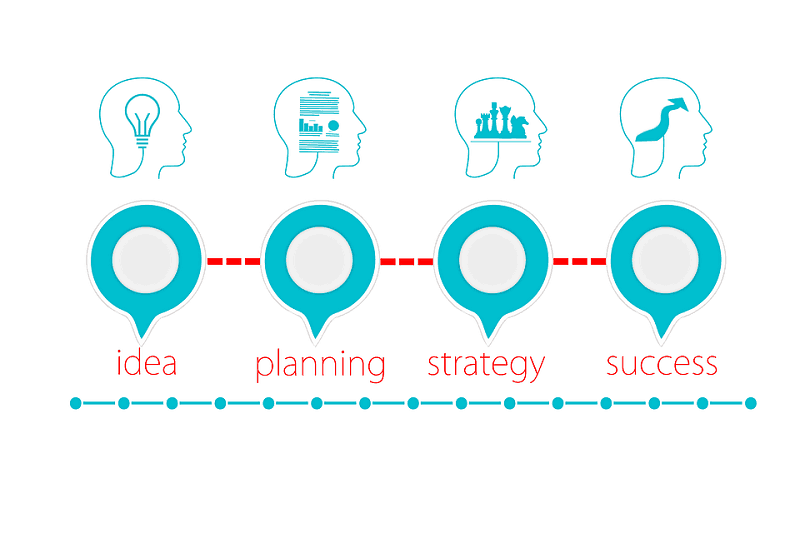Great customer service leaves a lasting impression. People do not always remember the issue they had. But they remember how they were treated. The words you use in service conversations can shape how someone feels. A calm voice and helpful tone can turn tension into trust.
When businesses create strong communication systems, they include specific language strategies. Many of these involve the use of customer service phrases—simple and friendly words that help support a positive interaction. They allow teams to speak with consistency and kindness. They also help guide conversations toward productive outcomes.
Table of Contents
Creating a Consistent Experience

Customers want stability when they reach out for help. They want to feel understood no matter who they speak to. That level of consistency is hard to achieve without a shared system.
Standard phrases create that shared system. They act like a blueprint for communication. Agents know which words help reduce stress. They learn how to begin and end conversations in a professional tone. This helps every customer receive the same level of care. It also gives teams a sense of unity in how they interact.
Calming Difficult Moments
Service calls are not always easy. Some people reach out when they feel upset. Others may be confused or angry. In these moments, language becomes a tool for peace.
Agents who use calm, supportive words can ease the stress of the customer. Instead of adding pressure, they reduce it. Phrases that show empathy help build connection. A simple line like “I can see how that would be frustrating” can cool tension. This approach prevents conflict and moves the conversation forward.
Strengthening the Brand’s Voice
Every company has a voice. Some are fun and casual. Others are formal and direct. That voice reaches customers through every channel. Customer service language plays a big role in building that voice.
When agents speak with purpose, they support the overall brand image. They do not guess or improvise. They follow the tone that fits the brand. Over time, this builds trust. Customers know what to expect and begin to feel more loyal. These phrases become part of how people see the company.
Speeding Up the Learning Process
New employees often feel overwhelmed. They need to learn tools, systems, and service standards. Without support, this process takes time. Language training can help reduce that learning curve.
A list of pre-approved phrases gives new agents something to lean on. They feel more prepared during live interactions. They can study what works and apply it quickly. This builds skill faster and reduces stress. Managers also spend less time correcting issues. The language guide becomes a valuable resource.
Encouraging Patience and Respect
Customer service can be emotional work. Not every interaction is smooth. Some days feel harder than others. Language can help build emotional strength.
Using kind words on a regular basis can shift the mood. It helps agents stay calm and steady. It also keeps conversations respectful. People tend to mirror what they hear. If the agent speaks with care, the customer often responds the same way. Over time, this creates a service culture based on patience and respect.

Reducing Confusion in Communication
Clear communication is a key part of customer service. Confusing words can lead to bigger problems. A well-structured language guide helps prevent that.
Customer service phrases are tested before they are used. They are designed to be easy to understand. They leave little room for confusion. This allows both the agent and the customer to stay on the same page. When everyone understands what is being said, service runs more smoothly.
Supporting Continuous Growth
Great service teams do not stay still. They keep learning and growing. The same goes for the language they use. What works today may need to change tomorrow. That is why smart teams review and update their phrases.
They collect feedback and track common issues. They look for better ways to explain solutions. This process keeps the language fresh and helpful. It also helps teams stay connected to customer needs. As a result, agents improve their performance over time.
Final Thoughts
Words have power in every conversation. They set the tone and shape the outcome. In customer service, language can mean the difference between a loyal customer and a lost one. With clear, kind, and consistent phrases, teams create trust. They show care through every sentence they speak. Businesses that invest in this kind of training see long-term results. Their customers stay loyal. Their teams stay confident. And their brand becomes known for service that feels human.
























